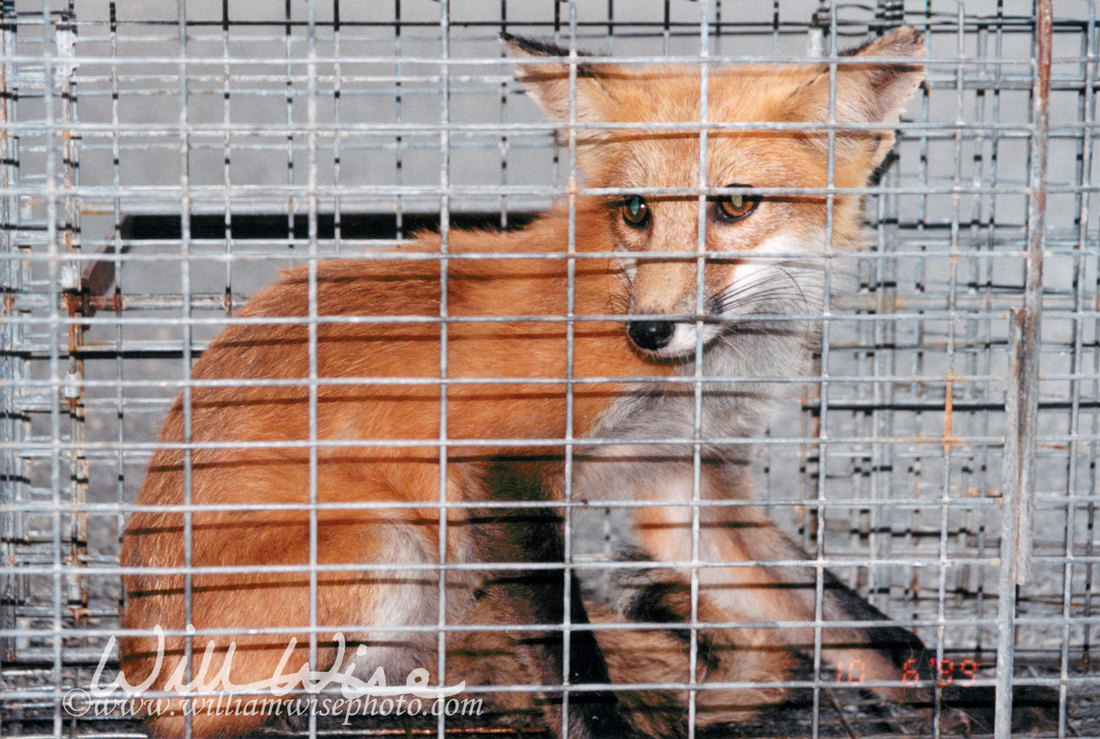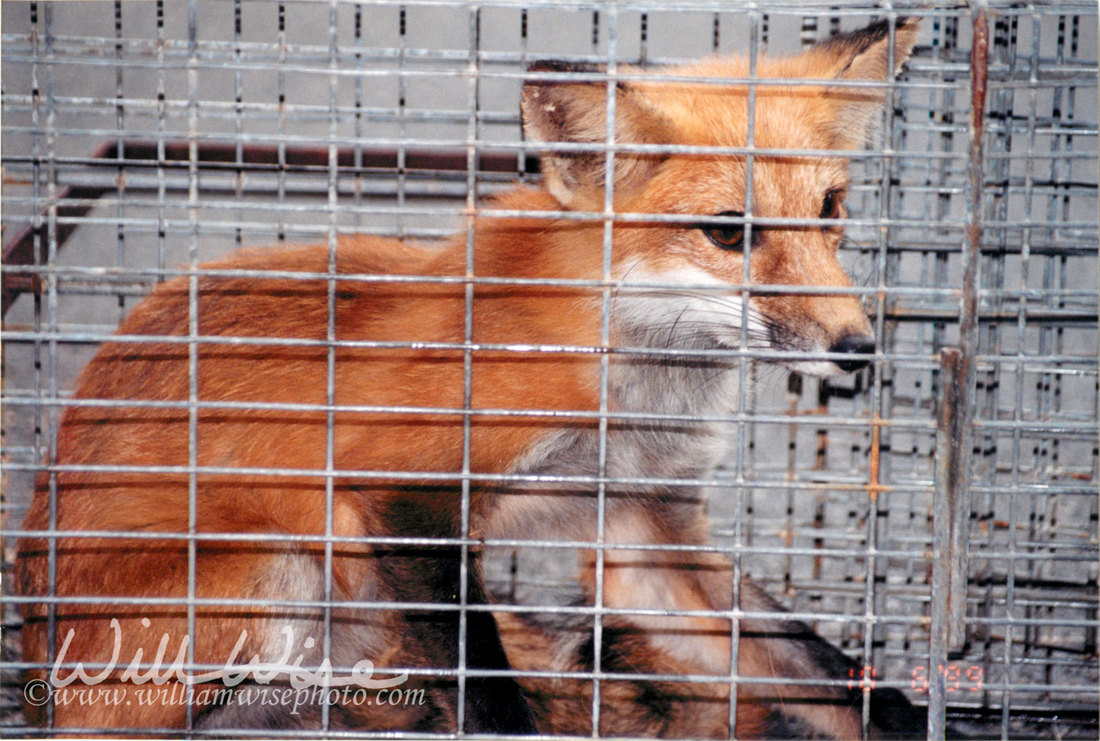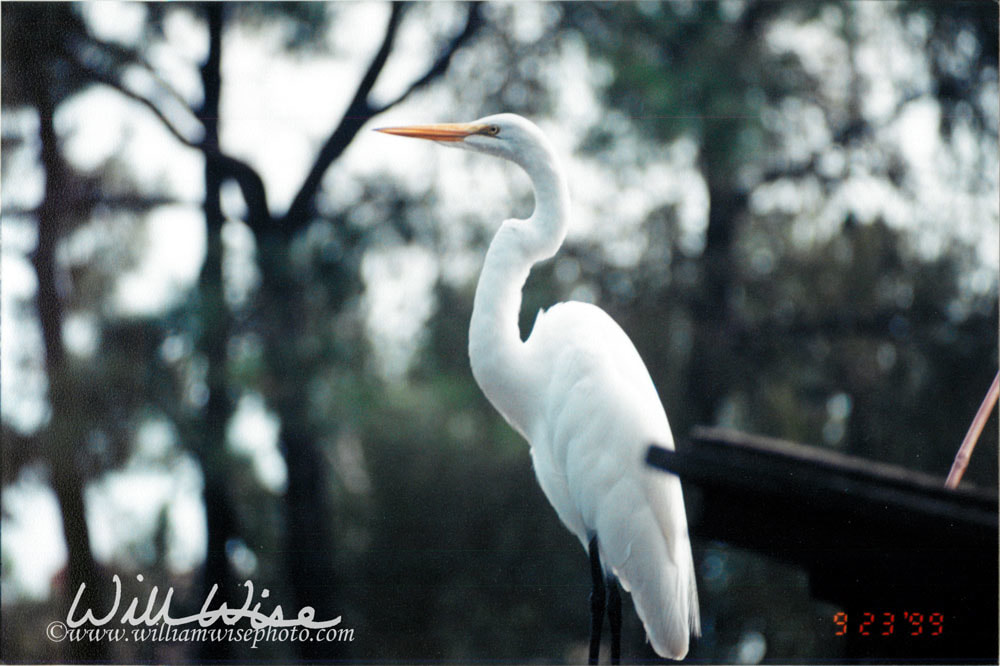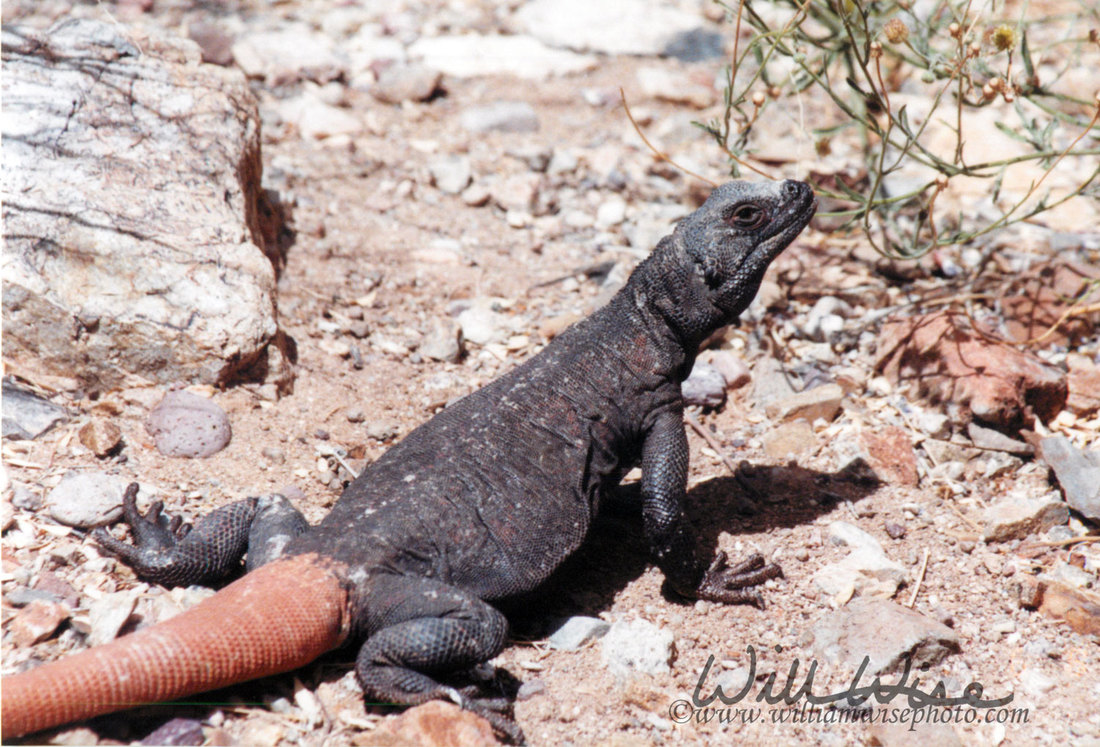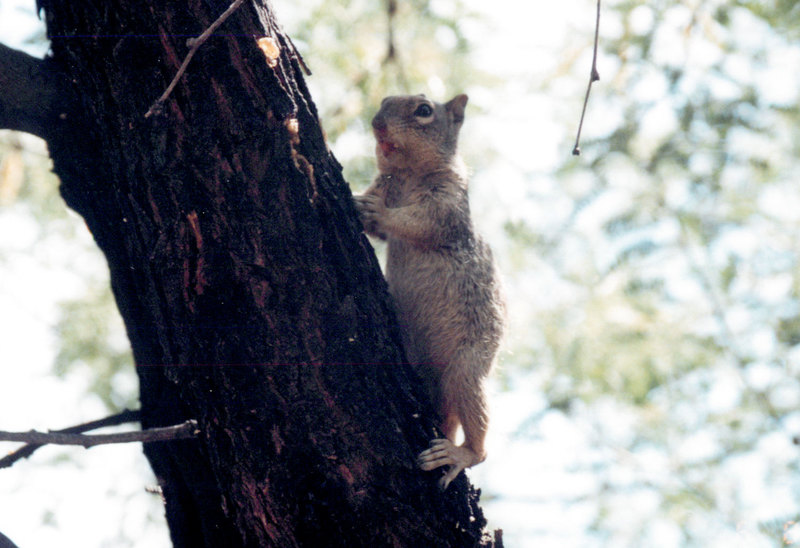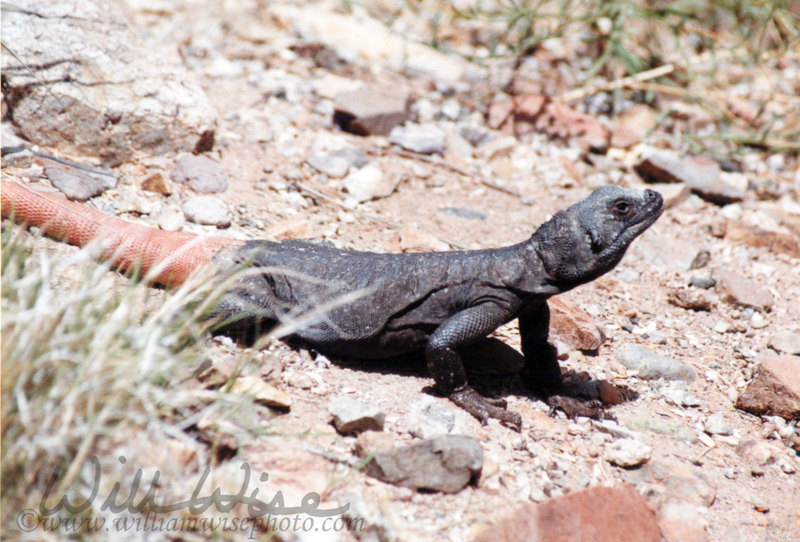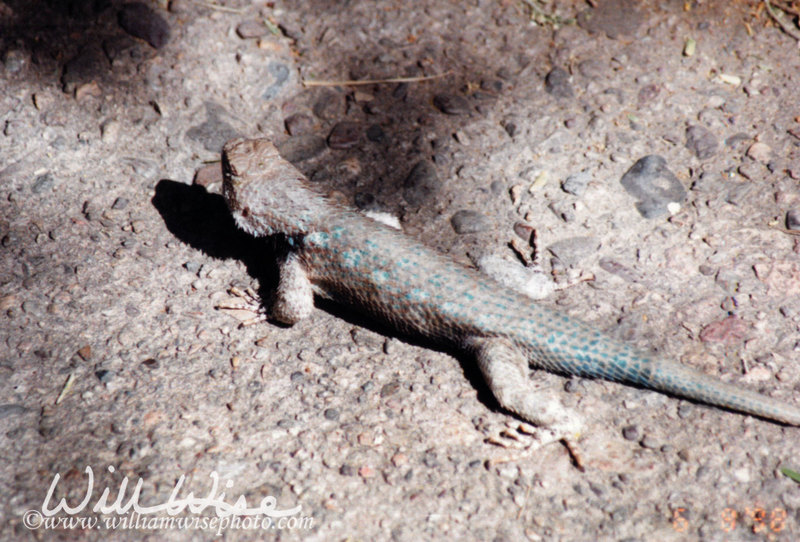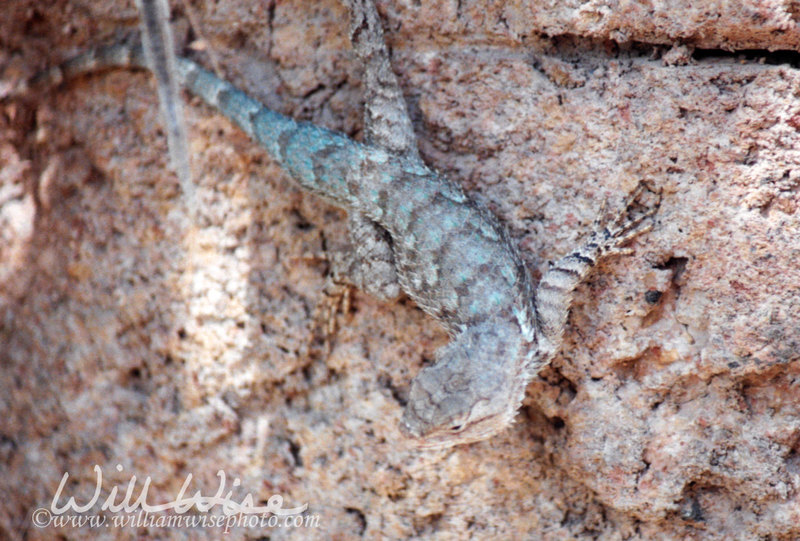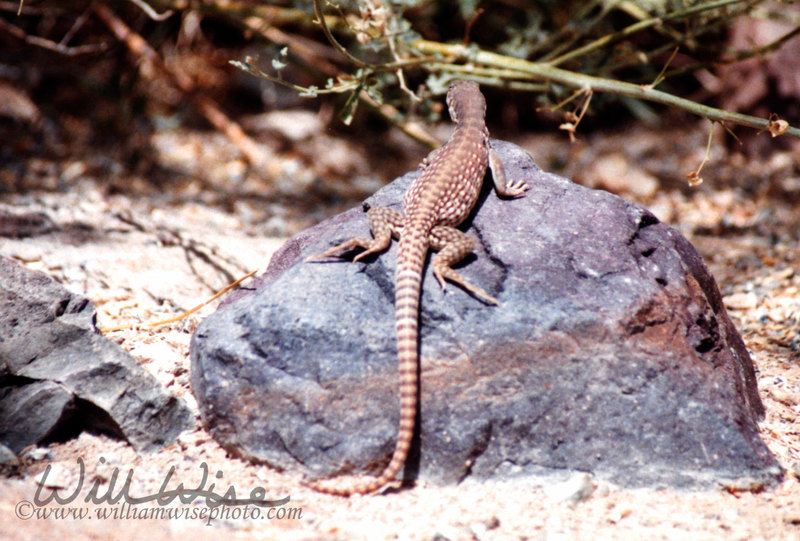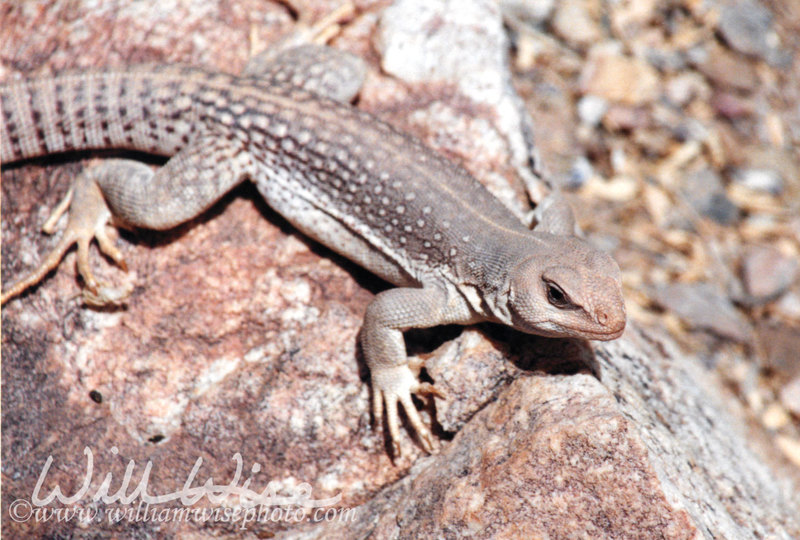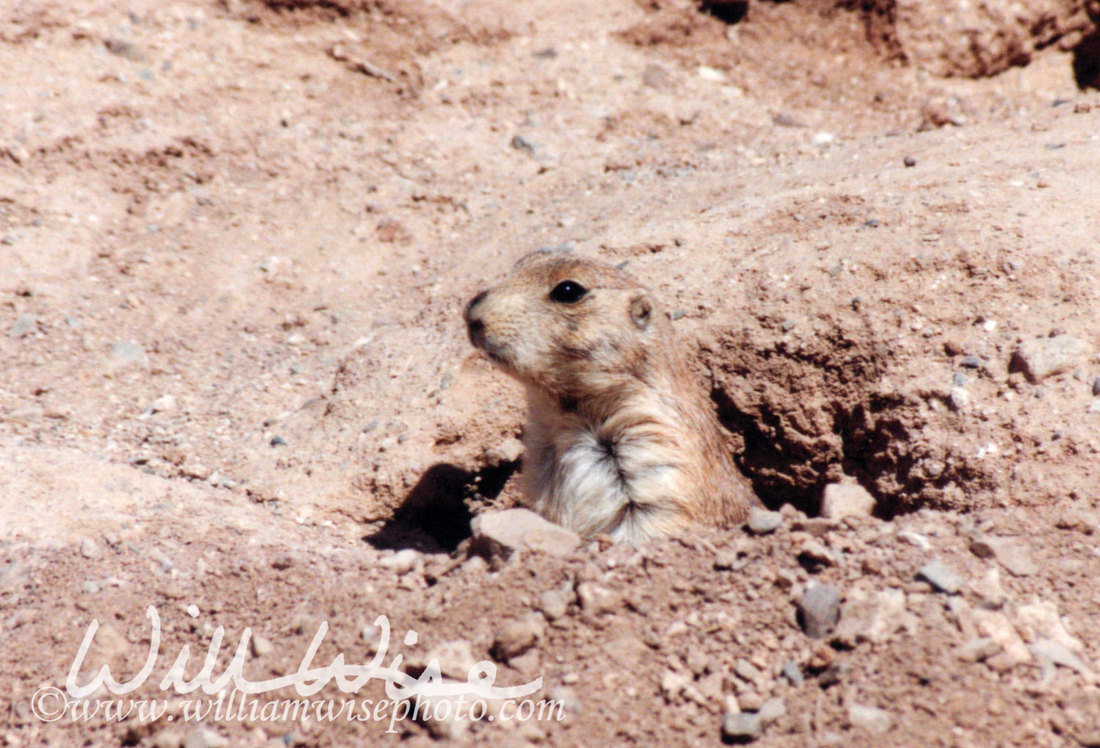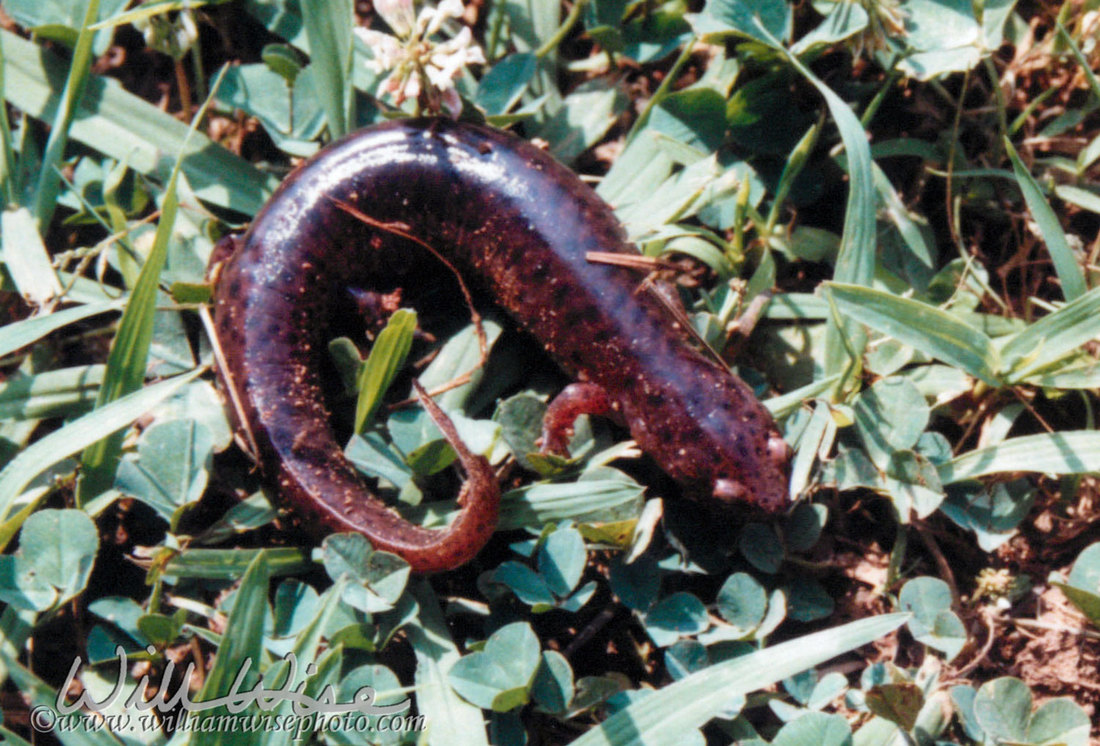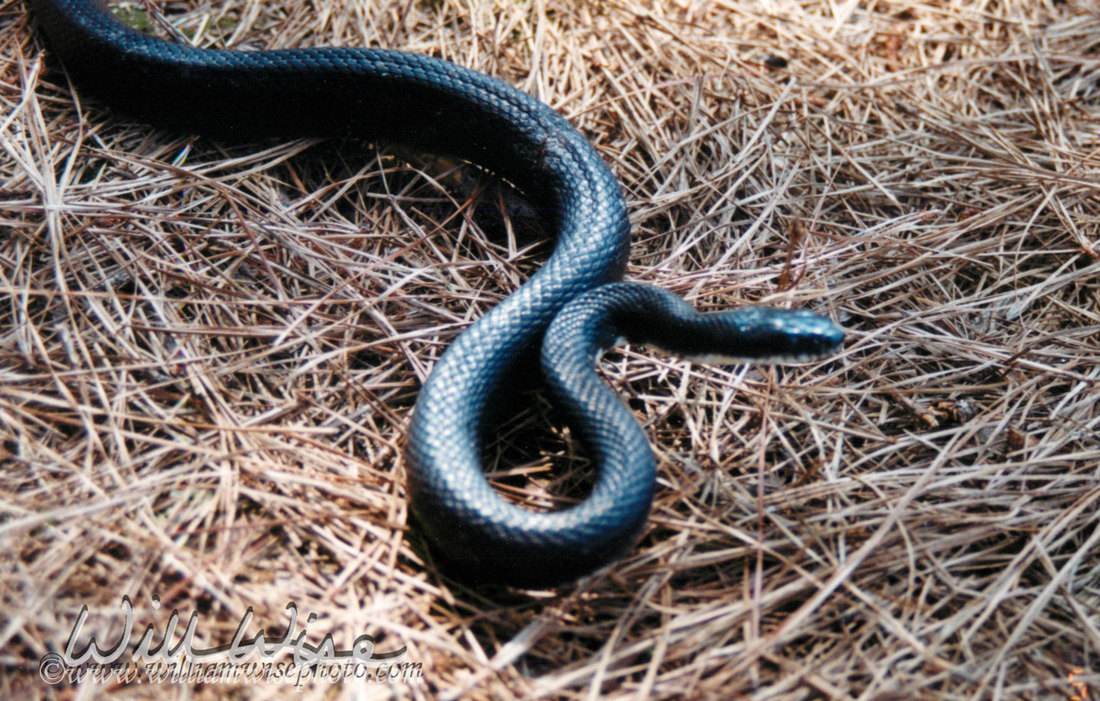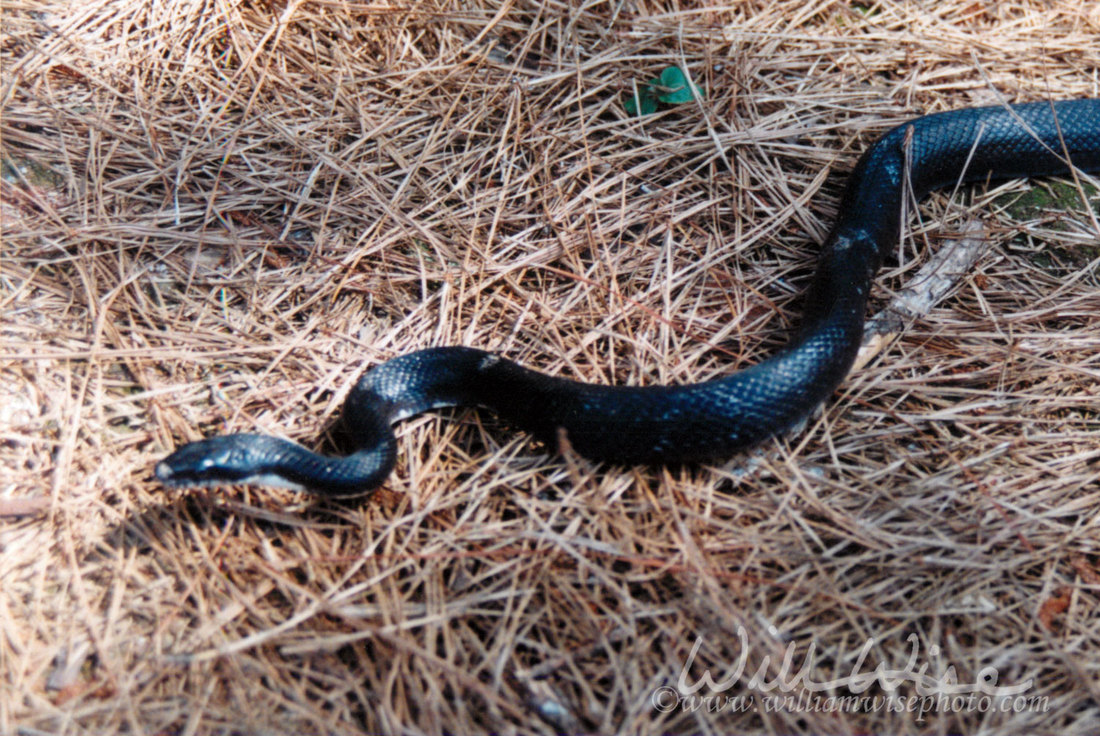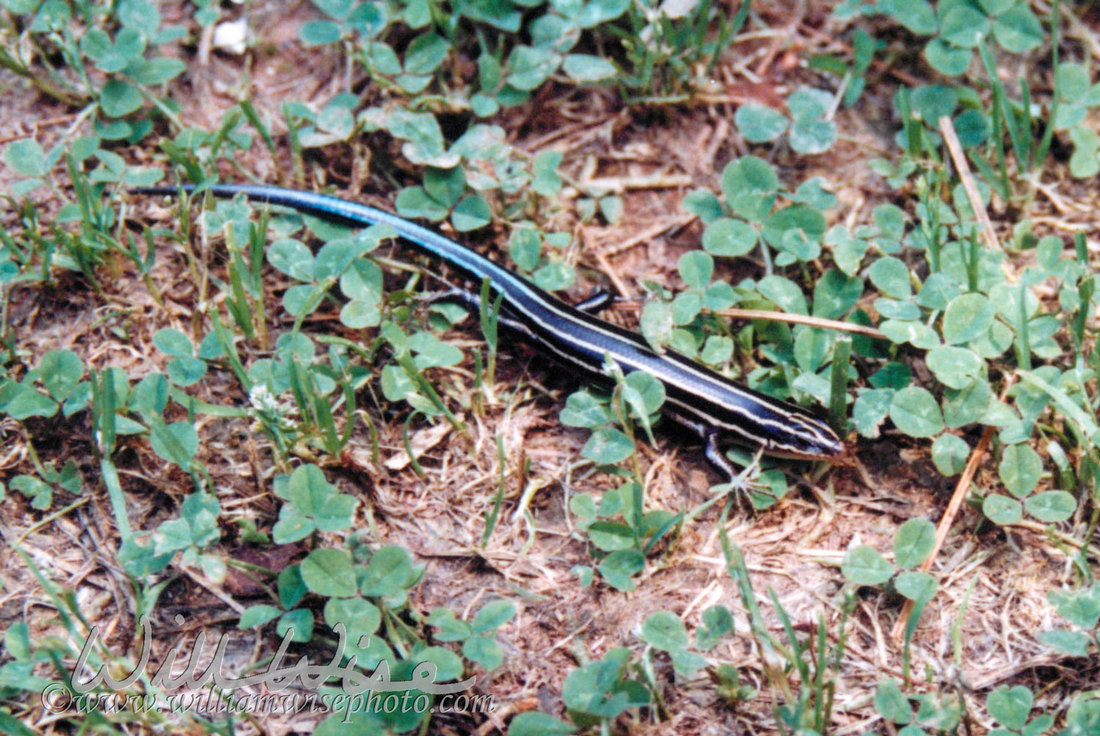|
I stepped out of my apartment on the west side of Athens, Georgia one afternoon to find this three foot Eastern Black Ratsnake practically choking on a large bird (appears to be an American Robin).
0 Comments
On a visit to Brasov, Romania, in March 2000, some local friends took me for a bike ride to show me “something exciting” that they knew I would love. It was strange enough riding through the dark streets beneath the towering communist apartment blocks, being chased by loose dogs around every turn. We rode our bikes past piles of garbage surrounding rows of nearly full dumpsters until my friend yelled, “There!” and pointed toward a group of dumpsters. Several Brown Bears were feasting from the trash can!
A few months later on another visit to Brasov in August 2000, I went back to the spot with the local pastor, and two visiting American pastors. When we arrived, a mother and two cubs were raiding the trash. An old Romanian man was throwing fire crackers at the bears from out his apartment window to scare the bears off, which they totally ignored. Being brave (or foolish), we exited the car for a closer look. It didn’t take long and the mother bear, already aroused by the fire crackers, decided we were too close to her cubs and left the dumpster to charge toward us! We went to one side of the car, she came approached the other. She circled to the front of the car, we ran to the back side of the car. As she continued to come at us, we all dove into the little Dacia. Momma jumped up on the back window of the car, tore off the antenna, and began ripping the weather stripping from around the window! We were in a state of shock, unsure how to respond. One of the visiting American pastors sat in the back saying to himself, “How stupid! I just risked my family, my church, my life!” I was exhilarated and loved it! But I suppose my background in wildlife and animal control helped.  William Wise Photo Nature Notes is a wildlife, birding and nature photography blog documenting the wonders of God’s creation. “But ask the animals, and they will teach you, or the birds in the sky, and they will tell you; or speak to the earth, and it will teach you, or let the fish in the sea inform you. Which of all these does not know that the hand of the Lord has done this?" Job 12:7-9 Two things about Disney: you always bring a camera; you always wait in line. While waiting on the raft across to Tom Sawyers Island, a Great Egret sat on the roof of the boat house. I found this old film print tucked in the midst of vacation memories while going through the family photo albums.
My third year going out to Tucson Arizona for our Fellowship's annual Bible Conference, I made a day long visit to the Saguaro National Park and also a visit to the Arizona Sonora Desert Museum.
 William Wise Photo Nature Notes is a wildlife, birding and nature photography blog documenting the wonders of God’s creation. “But ask the animals, and they will teach you, or the birds in the sky, and they will tell you; or speak to the earth, and it will teach you, or let the fish in the sea inform you. Which of all these does not know that the hand of the Lord has done this?" Job 12:7-9 So many of the calls that we receive for “rabid animals” at animal control are typically exaggerations. However, when you meet your first truly sick animal, you don’t forget it. Although it was twenty years ago, I clearly remember this Grey Fox I had to catch in the Jockey Club neighborhood of duplexes. It was in a backyard next to a dog house and quite aware of our presence. But it was barking, rolling in the leaves, pausing to chew on the plywood dog house and just acting bizarre. Since there was no exposure to a human or pet, we didn’t test it for rabies. But there is no doubt something was going on in his head, whether it be rabies or distemper.
 William Wise Photo Nature Notes is a wildlife, birding and nature photography blog documenting the wonders of God’s creation. “But ask the animals, and they will teach you, or the birds in the sky, and they will tell you; or speak to the earth, and it will teach you, or let the fish in the sea inform you. Which of all these does not know that the hand of the Lord has done this?" Job 12:7-9 In 1998, I pulled this raccoon out of an apartment complex dumpster while working for Athens-Clarke County Animal Control. The silly boy climbed in for a free meal and then found he couldn't get back out! A pretty common occurance.
 William Wise Photo Nature Notes is a wildlife, birding and nature photography blog documenting the wonders of God’s creation. “But ask the animals, and they will teach you, or the birds in the sky, and they will tell you; or speak to the earth, and it will teach you, or let the fish in the sea inform you. Which of all these does not know that the hand of the Lord has done this?" Job 12:7-9 In May of 1998, while working at Athens-Clarke County Animal Control, we received an inordinate number of calls about a Red Fox (Vulpes fulves) walking down the streets of the wooded subdivision near the mall in broad daylight. A few callers even stated the fox was bold enough to enter carports to feast on the free bounty of cat food.
Knowing it was late spring, the conclusion was made that she was a lactating female needing extra nourishment to feed her newborn kits. After narrowing down the location based upon calls of the last few weeks, a little investigation revealed the den site where I encountered several kits at play. I managed a photograph before they darted into their hole more afraid of me than I was of them. Mama fox was a not "rabid beast", but a caring mother just looking to support her family. Most people incorrectly describe snakes and lizards as slimy. As for this little amphibian, the description is quite correct! The Slimy salamander gets its name from the slimy secretions it produces when handled or threatened.
|
Categories
All
Archives
September 2025
|
|
All content is ©williamwisephoto.com. Please don't steal images. My images are available at dreamstime.com. Stock sales go into the shelter photography program.
|
In December 1993 I came to know the Designer and Creator of this wonderful planet and its creatures: Jesus Christ.
|
Donations help support the animal shelter adoption photography equipment and adoption website hosting and domain fees. Thanks for your support!
|








